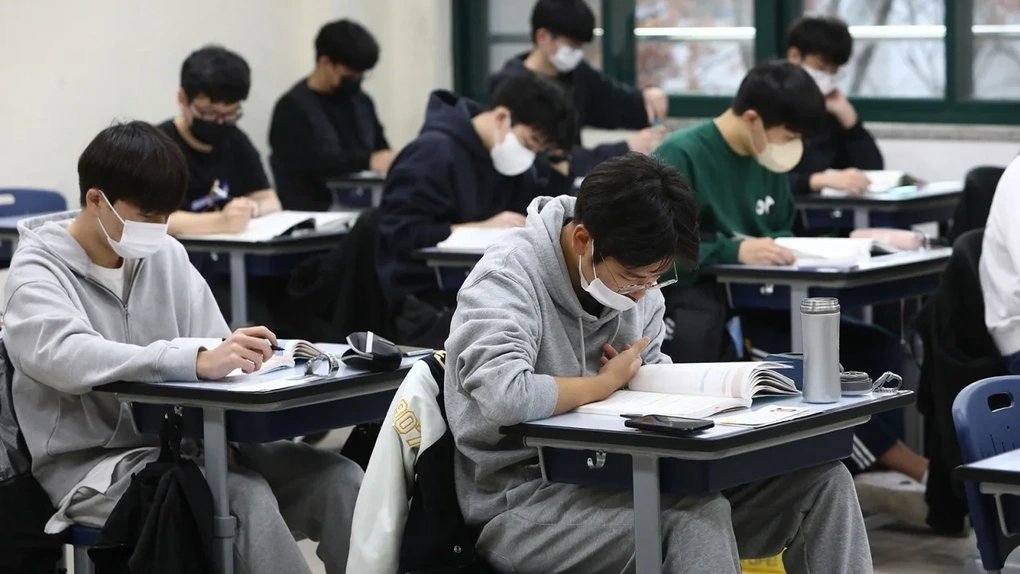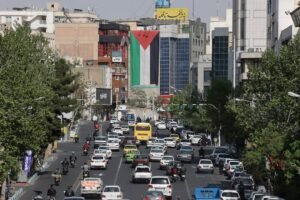
Koreans spend a lot of money on private tutoring for their children 0
(Dan Tri) – The amount of money Koreans spend for their children to study at private institutions after regular school hours (hagwon) has increased sharply, reaching an unprecedented high, increasing pressure on many families.
Korean students take university entrance exams (Photo: AFP).
South Koreans’ spending on their children’s private tutoring has reached a record high, putting more strain on household finances, which is a key factor leading to the East Asian country’s low birth rate.
South Koreans spent 27.1 trillion won ($20.6 billion) on hagwon in 2023, up 4.5% from 2022, data released by the national statistics office showed on March 14.
It will cost an average of 553,000 won ($419.59) per student per month for private tutoring by 2023, with costs increasing with age.
In particular, high school students studying at private educational institutions spend 740,000 won ($561.47) per month for private tutoring, statistics show.
Koreans believe that sending their children to hagwon is necessary to gain an advantage in exams, especially university.
South Korea’s university entrance exam is one of the most difficult in the world, with fierce competition.
Raising a child to adulthood is not easy in Korea.
For many years afterward, parents began to worry about choosing elementary, middle, and high schools with the goal that their children would pass the top universities when they turned 18, a guarantee for the future.
Many researchers and experts as well as teachers and parents believe that this is an arduous and expensive journey, with serious impacts on both parents and students.
The rising cost of private tutoring comes as the birth rate in Korea continues to decline as future parents face increasing financial pressure when raising children.
According to data from Statistics Korea, the country’s fertility rate, or the number of children a woman plans to have in her lifetime, dropped to 0.72 in 2023, or nearly 8% year-on-year
This is much lower than the birth rate of 2.1 children needed to maintain the current population of 51 million.
South Korea previously predicted the country’s birth rate would likely fall further to 0.68 by 2024. The capital Seoul, which has the highest housing costs in the country, had the lowest birth rate at 0.55 in
As of 2018, South Korea was the only member country in the Organization for Economic Cooperation and Development (OECD) with a birth rate below 1, despite the government spending billions of dollars to reverse the trend.
South Korea’s demographic crisis has become the top risk to economic growth and its social welfare system, as the country’s population of 51 million threatens to halve by the end of the century.






